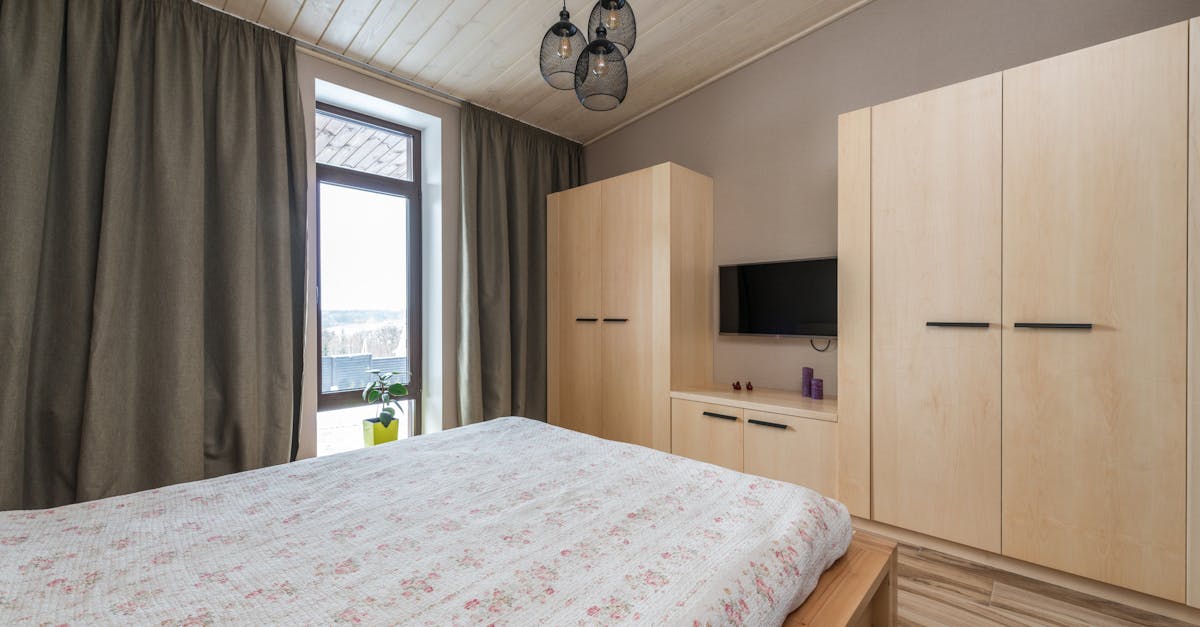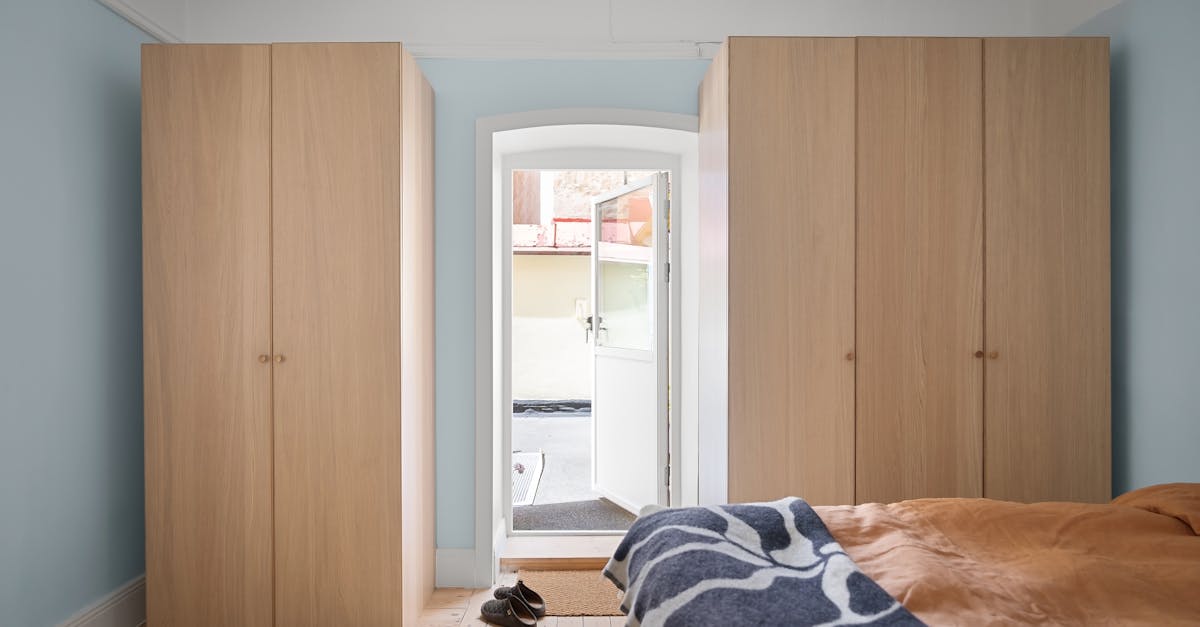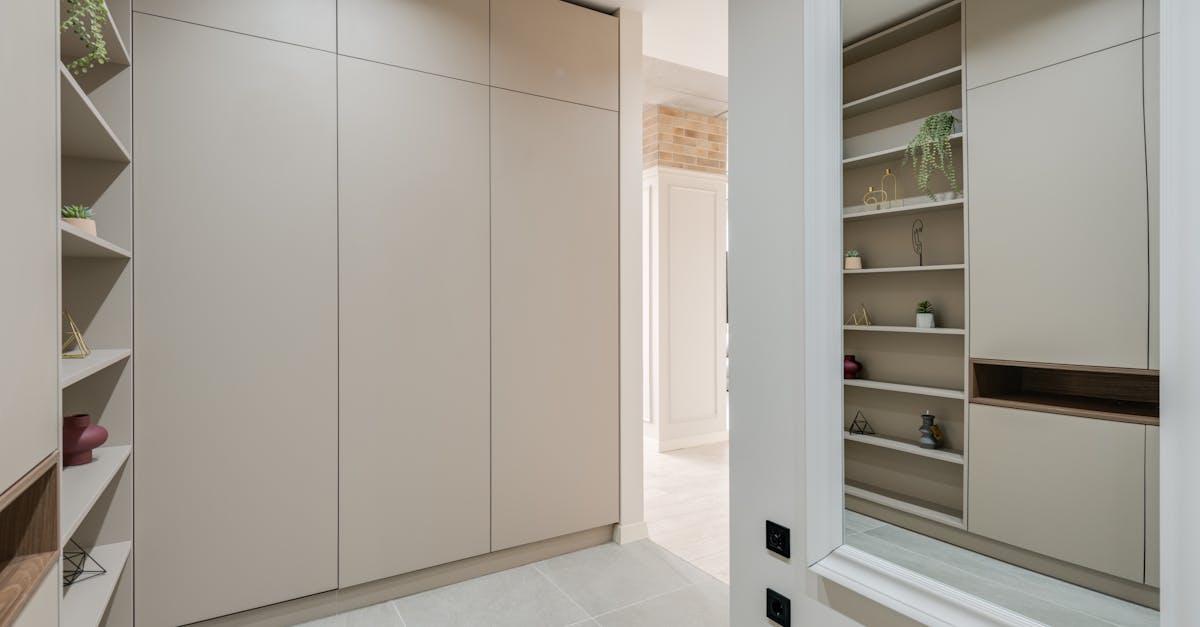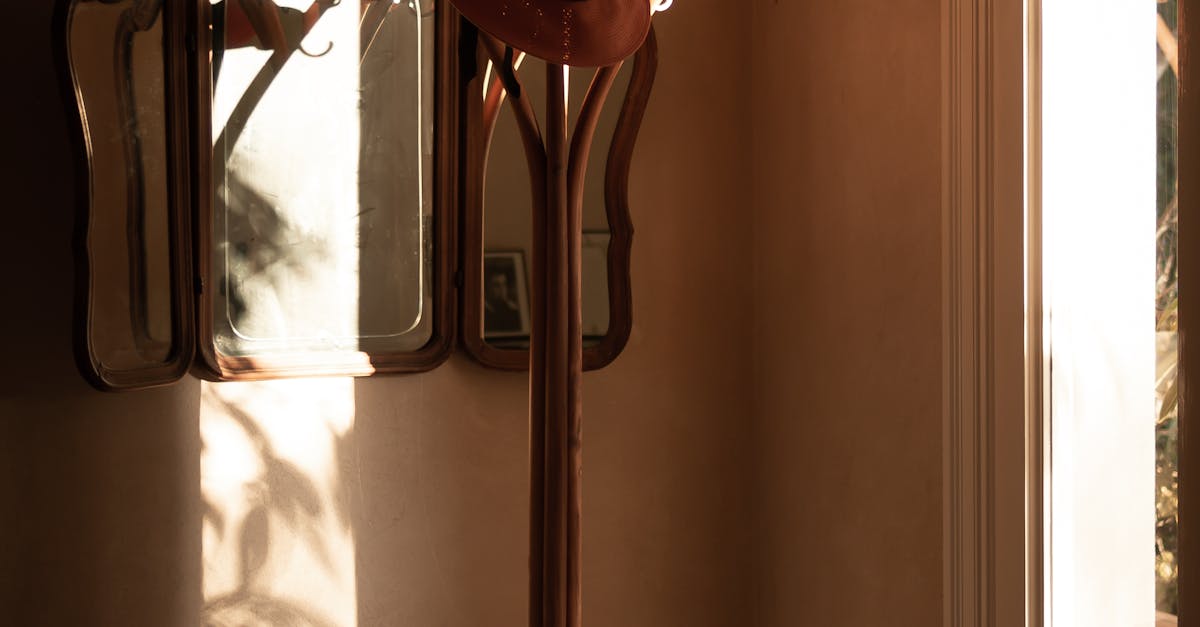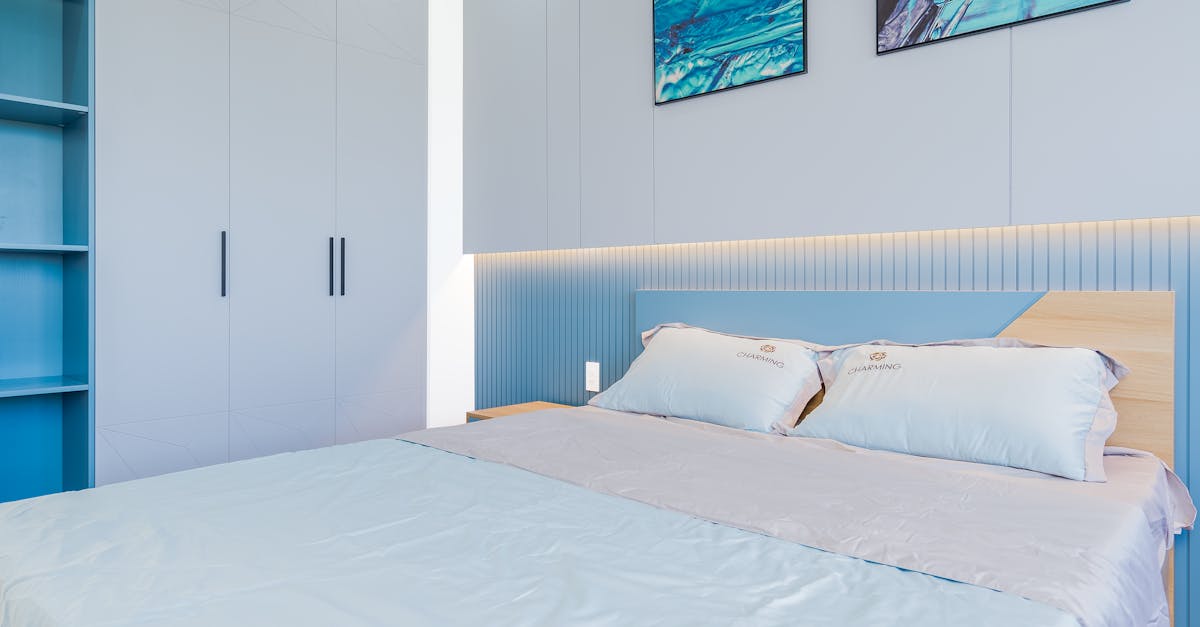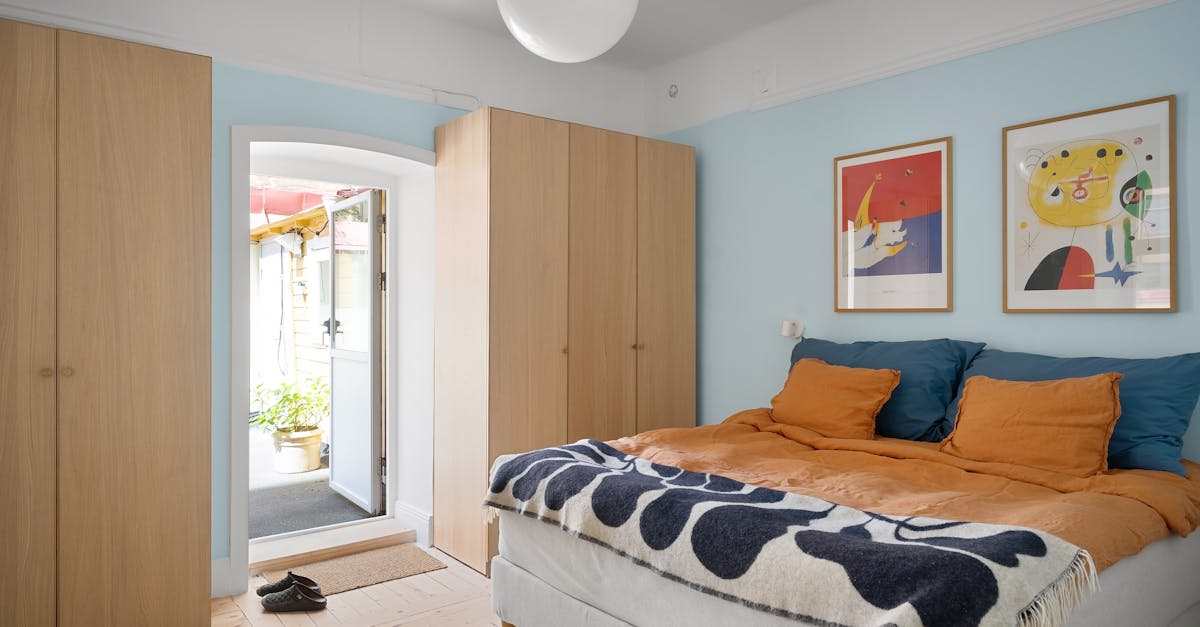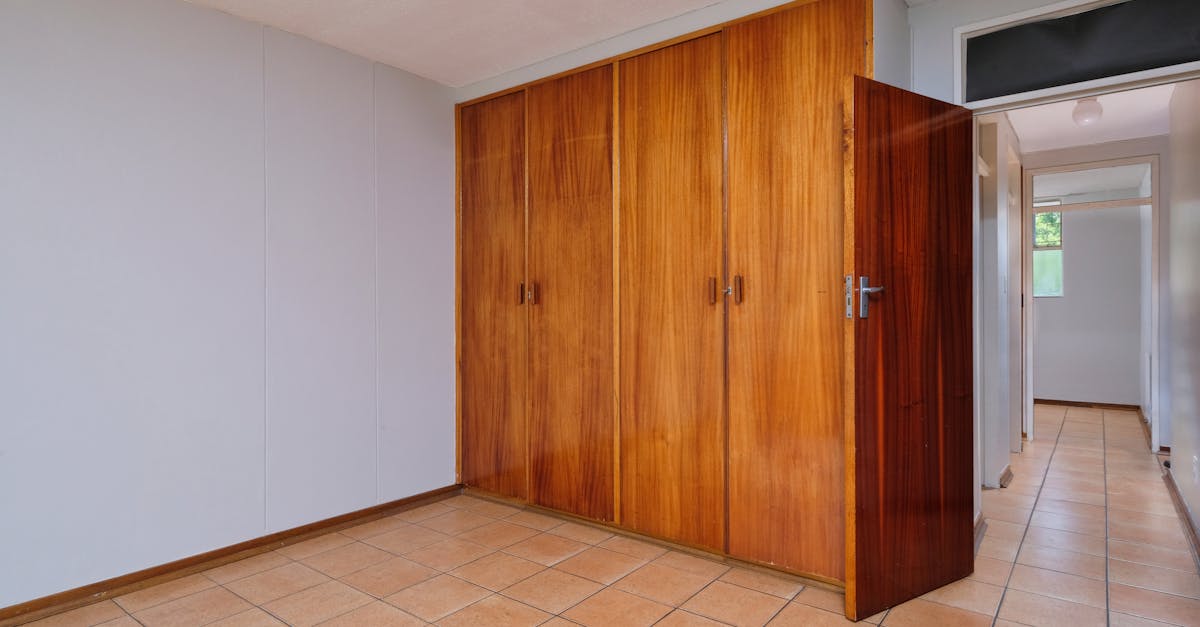
Table Of Contents
When to Seek Professional Help
When your kitchen installation encounters noticeable issues, it’s essential to recognize when professional help is needed. Problems such as persistent leaks, uneven cabinets, or malfunctioning appliances often signal deeper concerns that may go beyond your initial knowledge. Ignoring these signs can lead to further complications and potentially costly repairs. Consulting with a professional ensures that these issues are properly addressed, maintaining both the integrity of your kitchen and your peace of mind.
In some cases, what appears to be a minor inconvenience can quickly escalate into a significant problem. If you find yourself facing unexpected delays or a lack of communication from your contractor, seeking expert guidance can provide clarity. Professionals in kitchen installation are accustomed to navigating these challenges and can offer solutions that you may not have considered. Their experience allows them to assess the situation thoroughly and recommend the best course of action to take.
Signs That Require Expert Intervention
Indicators that a kitchen installation requires expert intervention can be quite distinct. If you notice persistent leaks under sinks or around appliances, it likely indicates underlying plumbing issues that need professional attention. Additionally, if cabinets are uneven or not securely attached, this may compromise their function and safety, signaling that a skilled installer should assess the situation.
Another sign to watch for is poor electrical setups. If appliances are not functioning correctly or there are frequent tripped breakers, this suggests a potential hazard that necessitates a qualified electrician’s evaluation. Unpleasant odors emanating from areas where new installations have taken place can also hint at improper ventilation or mold development. Addressing these concerns early can prevent more extensive damage and costly repairs down the line.
Documenting the Issues
Proper documentation is essential when facing issues with your kitchen installation. Taking clear photographs of the problems can serve as a visual record for future reference. Annotating these images with dates and detailed descriptions will help convey the specific nature of the installation flaws. Additionally, keeping track of all communications with your contractor—including emails, texts, and phone calls—will provide a comprehensive account of your interactions regarding the project.
An organized file of documents related to your kitchen installation can significantly aid in resolving disputes. This might include contracts, receipts, and warranties for materials used. Having this information readily available streamlines discussions with contractors and can leverage negotiations if needed. A well-maintained record can also be crucial if you decide to escalate the situation further, whether through legal channels or consumer protection agencies.
Importance of Keeping Records
Keeping thorough records during a kitchen installation project is crucial. Documentation provides a detailed account of agreements made, timelines outlined, and the progress of work completed. This information becomes invaluable if disputes arise or if there are delays and quality issues that need addressing. It creates a clear narrative of what was expected versus what was delivered.
Additionally, maintaining records can help track expenses related to the installation. This includes receipts for materials, labor costs, and any additional fees incurred. Accurate financial records not only assist in budgeting but also serve as evidence should you need to claim any warranties or seek reimbursements from contractors. Proper documentation plays a key role in navigating the complexities of kitchen installation challenges.
Resolving Disputes with Contractors
When facing disputes with contractors regarding kitchen installation, clear communication is essential. Begin by reaching out to the contractor to discuss any problems in detail. It is helpful to express your concerns calmly while keeping the focus on finding a solution. Avoid emotional responses, as they may complicate the situation. If discussions seem unproductive, consider setting up a formal meeting to review the work and expectations laid out in the original contract.
Document every interaction regarding the kitchen installation. This includes emails, contracts, and photographs of the installation progress. Keeping a detailed record of the issues and communications can significantly aid in negotiations. If a resolution is not achieved through one-on-one discussions, you may need to explore mediation options or consult a legal professional. Having all documentation organized will streamline this process and strengthen your position.
Steps for Negotiation and Mediation
When facing disputes over kitchen installation issues, effective negotiation is vital. Start by gathering all relevant documentation, such as contracts, invoices, and photographs of the installation. Clearly outline your concerns and communicate them to the contractor. This approach fosters an open dialogue and gives both parties the opportunity to reach a mutual understanding without escalating the situation.
If negotiations stall, consider mediation as an alternative. A neutral third party can help facilitate discussions and propose solutions that may not have been considered. Ensure that both you and the contractor agree on the terms of mediation to create a collaborative atmosphere. Maintaining a respectful tone throughout the process not only encourages constructive communication but also increases the chances of a satisfactory resolution.
FAQS
What are some common signs that indicate I need professional help with my kitchen installation?
Common signs include water leaks, uneven surfaces, cabinets that don't align properly, electrical issues, or a significant delay in the project timeline. If you notice any of these problems, it's essential to consult a professional.
Why is it important to document issues during a kitchen installation?
Documenting issues is crucial because it provides a clear record of problems and communications with contractors. This can help in resolving disputes, seeking compensation, and ensuring accountability.
How can I resolve disputes with my contractor regarding kitchen installation issues?
Start by communicating your concerns directly with the contractor. If that doesn't help, consider negotiating a resolution or involving a mediator to facilitate discussions. Keeping records of all communication will also support your case.
What information should I keep when documenting my kitchen installation issues?
Keep records of contracts, invoices, photographs of issues, emails, text messages, and notes from conversations with contractors. This information will be useful if you need to escalate the situation.
If my kitchen installation goes wrong, what are my options for seeking compensation?
Your options for seeking compensation may include negotiating with the contractor, filing a complaint with a trade association, or pursuing legal action if necessary. Make sure to consult with a legal expert for guidance tailored to your situation.




